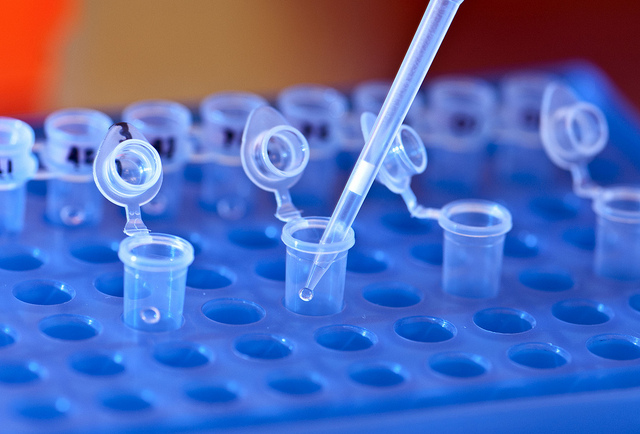Researchers revive abandoned technique in effort to make artificial human eggs in a test tube
By Megan Molteni,
Stat
| 07. 28. 2022
In a little-noticed study published earlier this year, scientists from Oregon Health & Science University reported the birth of three mouse pups that had been created with a never-before-used recipe for reproduction. Using a common cloning technique, researchers removed the genetic material from one female’s eggs and replaced them with nuclear DNA from the skin cells of another. Then with a novel chemical cocktail, they nudged the eggs to lose half their new sets of chromosomes and fertilized them with mouse sperm.
In a big step toward achieving in vitro gametogenesis — one of reproductive medicine’s more ambitious moonshots — the group led by pioneering fertility researcher Shoukrat Mitalipov now intends to use the same method to make artificial human embryos in a test tube.
If successful, the research holds enormous potential for treating infertility, preventing heritable diseases, and opening up the possibility for same-sex couples to have genetically related children.
“It’s one of those high-risk, high reward type of projects,” said Paula Amato, an OB-GYN and infertility specialist at OHSU who collects the human eggs used in Mitalipov’s experiments...
Related Articles
By Jonathan Matthews, GMWatch | 12.11.2025
In our first article in this series, we investigated the dark PR tactics that have accompanied Colossal Bioscience’s de-extinction disinformation campaign, in which transgenic cloned grey wolves have been showcased to the world as resurrected dire wolves – a...
By Jenny Lange, BioNews | 12.01.2025
A UK toddler with a rare genetic condition was the first person to receive a new gene therapy that appears to halt disease progression.
Oliver, now three years old, has Hunter syndrome, an inherited genetic disorder that leads to physical...
By Simar Bajaj, The New York Times | 11.27.2025
A common cold was enough to kill Cora Oakley.
Born in Morristown, N.J., with virtually no immune system, Cora was diagnosed with severe combined immunodeficiency, a rare genetic condition that leaves the body without key white blood cells.
It’s better...
By Rachel Hall, The Guardian | 11.30.2025
Couples are needlessly going through IVF because male infertility is under-researched, with the NHS too often failing to diagnose treatable causes, leading experts have said.
Poor understanding among GPs and a lack of specialists and NHS testing means male infertility...




